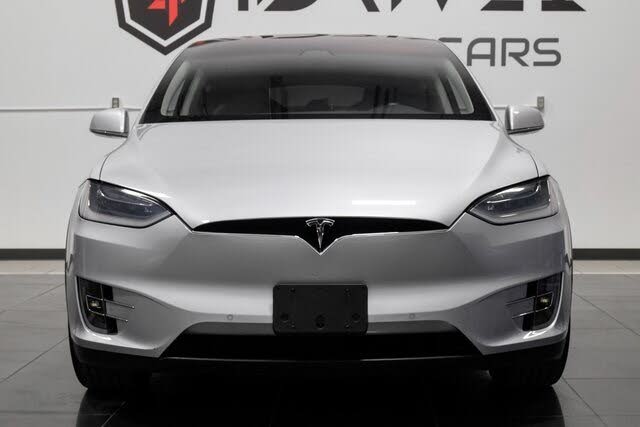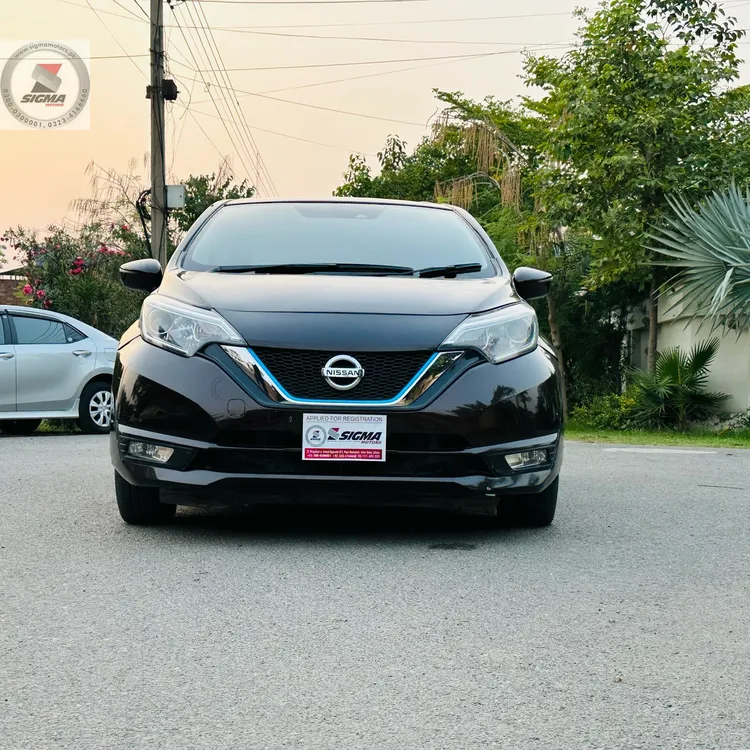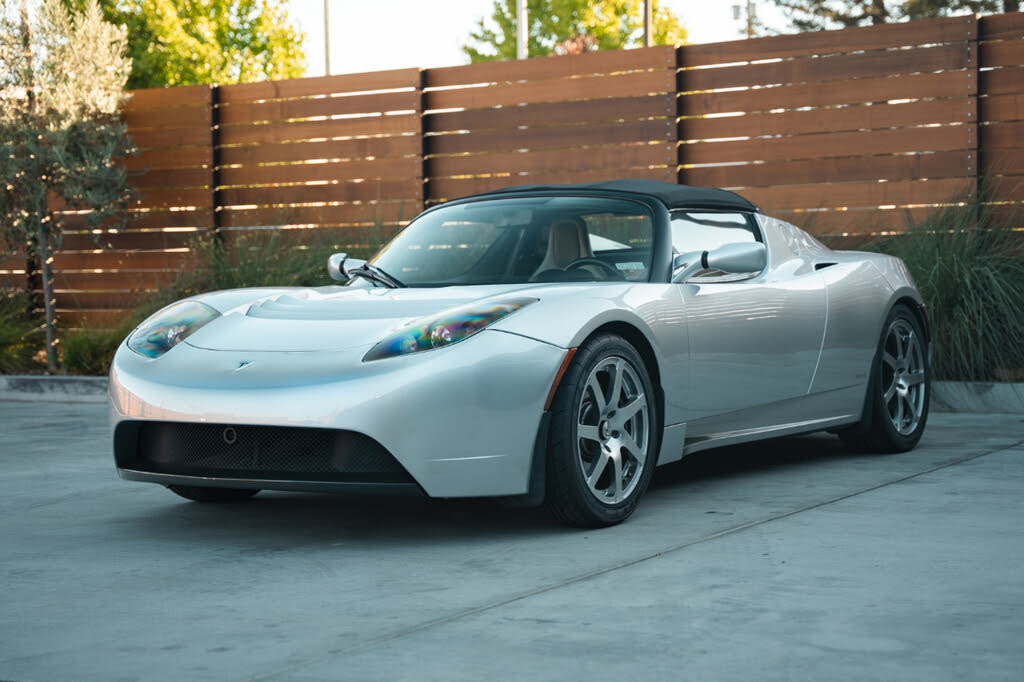Why Midgrade Gas Costs Less Than Regular in Iowa: The Ethanol Connection

In a surprising twist at Iowa gas stations, midgrade ethanol-blended fuel often sells for 6¢ less per gallon than regular unleaded. This pricing anomaly stems from Iowa's corn production dominance and state tax incentives promoting ethanol consumption. While the tax difference is only 2¢ per gallon, station owners frequently pass along greater savings to encourage ethanol fuel adoption.
The Corn State's Fuel Pricing Paradox
Travelers through eastern Iowa frequently encounter an unusual sight at gas stations: midgrade unleaded (89 octane) priced significantly lower than regular (87 octane) gasoline. This counterintuitive pricing strategy, with differences reaching 6 cents per gallon, directly ties to Iowa's agricultural identity and legislative priorities.
Unlike most states where fuel grades follow a standard pricing hierarchy, Iowa's situation reflects:
- Ethanol production incentives from the state's position as the nation's top corn producer
- Tax structure advantages for gasohol blends (90% gasoline/10% ethanol)
- Agricultural economic policy designed to support corn growers and renewable fuel infrastructure
Understanding Iowa's Ethanol Fuel Landscape
The price discrepancy originates from Iowa's unique approach to fuel taxation. The state implements a tiered tax system that favors ethanol-blended fuels:
| Fuel Type | Ethanol Content | Tax Rate Advantage |
|---|---|---|
| Regular Unleaded | 0% ethanol | Base rate |
| Midgrade Gasohol | 10% ethanol | 2¢/gallon savings |
| E85 | 51-83% ethanol | Up to 16¢/gallon savings |
Why Stations Discount Beyond the Tax Benefit
While the tax differential only accounts for 2 cents per gallon, many stations offer larger discounts (up to 6 cents) to:
- Encourage consumer adoption of ethanol blends
- Meet renewable fuel volume obligations
- Capitalize on ethanol's typically lower wholesale pricing
- Differentiate themselves in competitive fuel markets
--TOP ADVERTISEMENT HERE--
The Science Behind Ethanol Blends
Ethanol (ethyl alcohol) serves as both an octane booster and oxygenate in gasoline blends. The 89-octane midgrade fuel achieves its rating through:
- Octane enhancement: Ethanol has an octane rating of about 113, elevating the blend's knock resistance
- Oxygen content: The added oxygen promotes more complete combustion
- Volatility balance: Properly formulated blends maintain suitable vapor pressure for all seasons
Modern vehicles (2001 and newer) generally operate efficiently on E10 blends, with many Iowa stations also offering E15 (15% ethanol) for 2001+ vehicles and E85 for flex-fuel models.
Consumer Behavior and Market Realities
Despite the price advantage, Iowa fuel consumption data reveals an interesting trend:
- Ethanol-free regular and premium outsell gasohol by 85 million gallons to 52 million gallons annually
- Consumer preferences often favor traditional gasoline due to:
- Perceived better fuel economy (ethanol contains less energy per gallon)
- Concerns about long-term effects on older engines
- Lack of awareness about ethanol's benefits
- E85 adoption remains limited to flex-fuel vehicle owners despite significant tax advantages
Economic and Environmental Impacts
Iowa's ethanol promotion creates ripple effects across multiple sectors:
Agricultural Benefits
- Supports over 40,000 jobs in Iowa's renewable fuels sector
- Adds value to approximately 60% of Iowa's corn crop
- Generates co-products like distillers grains for livestock feed
Environmental Considerations
- Ethanol burns cleaner than pure gasoline, reducing certain emissions
- Lifecycle greenhouse gas emissions are typically 40-50% lower than gasoline
- Supports renewable fuel standards and energy independence goals
--FIRST CONTENT ADVERTISEMENT HERE--
Practical Advice for Iowa Drivers

When fueling in Iowa, consider these recommendations:
- Check your owner's manual: Most modern vehicles approve E10 blends
- Calculate real savings: While ethanol blends cost less, they may reduce mileage by 3-4%
- Consider E85 carefully: Only use in flex-fuel vehicles, and calculate break-even pricing
- Watch for seasonal blends: Winter gasoline formulations may differ in ethanol content
Pro Tip: The price advantage of midgrade gasohol makes it an excellent choice for vehicles that recommend 89 octane fuel, providing both cost savings and the recommended octane level.
The Future of Iowa's Fuel Market
Several factors will influence Iowa's unique fuel pricing landscape:
- Federal renewable fuel standards: Mandates may increase ethanol blending requirements
- Electric vehicle adoption: Could reduce overall gasoline demand but may increase ethanol concentration in remaining fuel
- Corn production trends: Yield improvements and sustainable farming practices affect ethanol economics
- Consumer education efforts: Better understanding of ethanol benefits may shift purchasing patterns
Conclusion: Decoding Iowa's Fuel Pricing Strategy
Iowa's unusual practice of pricing midgrade gasoline below regular unleaded stems from a deliberate policy choice to support the state's agricultural economy while promoting renewable fuels. The 2-cent tax differential, combined with station-level pricing strategies, creates consumer savings that benefit both drivers and Iowa's farming sector.
As renewable fuel technology advances and consumer preferences evolve, Iowa's fuel market will likely continue serving as a national laboratory for ethanol integration and innovative pricing approaches that balance economic, agricultural, and environmental priorities.
--SECOND CONTENT ADVERTISEMENT HERE--












